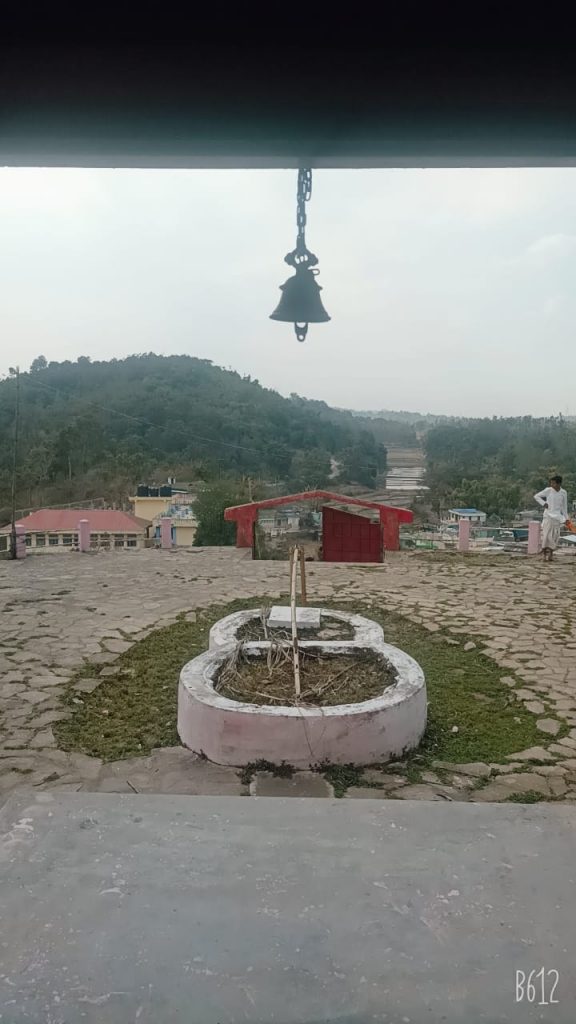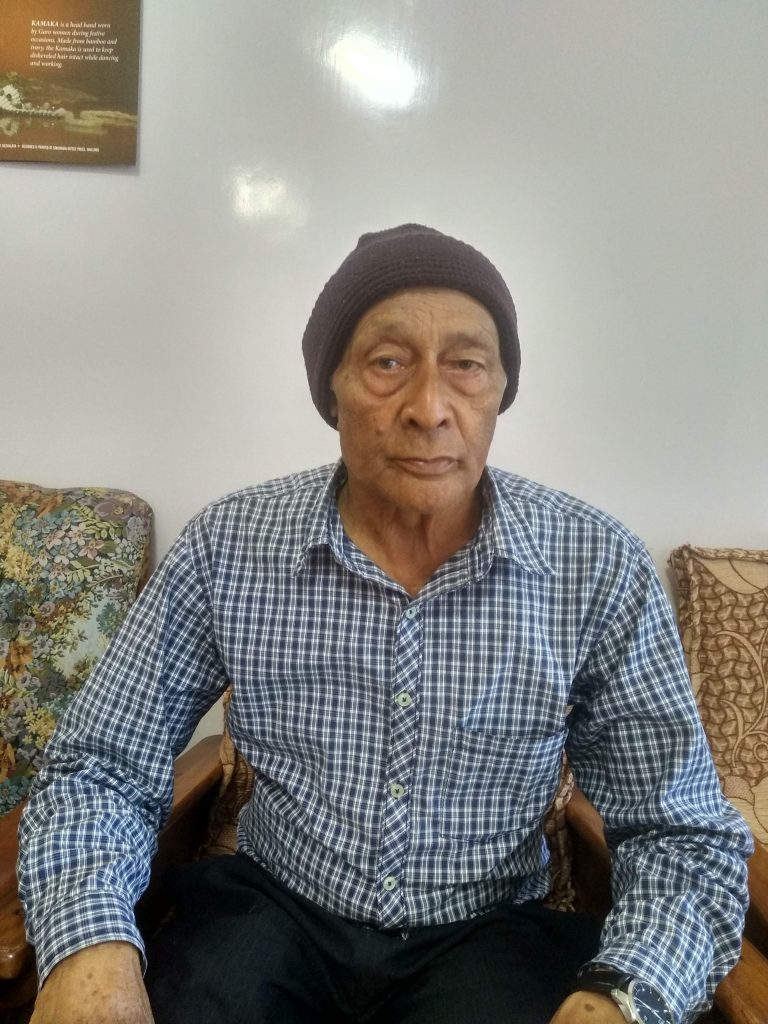Indigenous knowledge has no single definition, however, it may be defined as knowledge that is unique to a given culture or society and provides the infrastructure for agriculture, health care, food preparation, training, environmental conservation, and other life processes at the local level. It is part of the identity of indigenous tribes. It has been regarded as an important commodity in global health development. World Health Organisation (WHO) in its recommendations on Health for All Declaration (1978) highlighted the need to include local people, their traditions, and practices in Primary Health Care (PHC).

The World Health Organization (WHO) defines traditional medicine as ‘the health practices, approaches, knowledge, and beliefs incorporating plant, animal and mineral-based medicines, spiritual therapies, manual techniques, and exercises, applied singularly or in combination to treat, diagnose and prevent illnesses or maintain well-being
Herbal medicine in traditional medical practice is an important resource that can be mobilized for the attainment of the common goal of health for all. These herbal medicines have contributed significantly to man’s struggle against diseases and the maintenance of health. In recent years, interest in the use of herbal preparations has increased. Herbal medicines are used in most countries within the state health care system or in communities and private practices outside the state system.

Traditional and indigenous knowledge is unique to a given culture or society and the Jaintias who adhere to the traditional belief system are no exception to this knowledge, particularly in health care.
The Jaintias have a rich variety of traditional healing systems. One common healing practice is known as ‘Prem ya ka Tiar”, where an elder with extraordinary folk knowledge use ginger and chant a spiritual song or mantra. The chanting goes like this, “Ko Syiem Synchar Biskorom Blai, ko jaid ko Thakur ko chanbnein ko chankhyndaw, lurmiet luchai soodong i pyrthai. . . . . ” This practice is used to cure intestinal gas, belching, bloating, and flatulence. There are different types of ‘Prem’ for different ailments. Back in the old days, when one is traveling by train outside the State, our parents would give us ‘Syin Prem’ to be used during our journey for healing different ailments like diarrhea, fever, toothache, etc. This healing process is prevalent in the niamtre community.
Let me narrate the story of when I was a child, regularly I would have ringworm all over my neck. And the infection worsens during the winter months. No matter how frequently I visited a dermatologist and applied antifungal cream, there is no sign of a cure. In 1986, in the winter month, my maternal uncle, took me to my hometown, Jowai to visit a traditional healer by the name Late Waheh Kento Sumer. Early in the morning, he took us to the paddy field at Dulong Poh Hali, Jowai. Here, he pick from the soil a tiny red insect, and with chanting, he rubbed the insect all around my neck. I was advised to sort of plaster my neck with a cloth for a week. After a week, the rashes which had become dry just fell off my neck and since then I never have had the problem of ringworm again to date.
Then in our hills we often heard of a tree we called Deiñ Kaiñ – a type of tree that causes skin allergy. Any person with less charm, if one happens to be in the proximity of the tree; one’s will experience rashes all over the body. We were warned by our elders not even to point the finger at the tree because it will also cause a rash or skin allergy. My friend’s father, Late Rev. P. L. Wann while at Sutnga was supposedly under the influence of the Deiñ Kaiñ, while strolling around. In a few minutes, he experienced an unbearable rash and his right arm was swollen. When he reached Shillong, luckily one student who study at St. Anthony’s College, Waheh Bal Pakma hailing from Kyndong Tuber (Six kilometers from 8th Mile Jaintia Hill) who came to heal him. The healing process was that he presses the palm with his fingernails. Within a week the swelling and the rashes disappeared and were cured.
Snakebite is a significant public health problem in many developing countries. Farmers are particularly exposed to snakes. There are more than 3000 known species of snakes of which around 300 are poisonous. In India out of 216 species, approximately 53 are poisonous. Traditional healers of snake bites are a vanishing breed. In Jowai, Waheh Tingboi Thma of Loomkyrwiang is a famous healer. Waheh Tingboi Thma has saved many lives over the years. Unlike traditional healing methods, such as local incision, herb ingestion, application of snake stones, and tattooing, Thma’s healing process involves some rites and rituals.
Since man first learned to make fire 1. 7 to 2. 0 million years ago, burns and scalds have been one of the most common of his injuries. Remedies for burn wound healing are practiced to date by the Pnar. One of the prominent traditional healers of burn injuries is Late Litis Kyndiah. The process of healing is called ‘Slu iñ diñ’, where the healer would use mustard oil and chant on it, which will be used as an ointment and applied to the burn wound. This practice is still in operation in Khasi and Jaintia Hills
However, the advent of western cultures has had a great impact on the traditional healing system. Today, the survival of many indigenous/traditional knowledge systems is at stake because of rapidly changing natural environments and fast pacing economic, political, and cultural changes on a global scale. Traditional knowledge is transmitted from generation to generation, often in oral form or by way of example, whereas written sources may not exist at all or only in local languages. Thus, it is imperative to preserve the knowledge held by our forefathers. It is in this context, that the Traditional Knowledge should be afforded effective protection.
Throughout the world, indigenous peoples and local communities have developed a wealth of traditional knowledge that they wish to protect and promote. Yet few have to use the intellectual property system to do so. Article 31 of the United Nations Declaration on the Rights of Indigenous People (2007) is an important reference in this regard: “Indigenous peoples have the right to maintain, control, protect, and develop their cultural heritage, traditional knowledge, and traditional cultural expressions, as well as the manifestations of their science, technologies, and culture, including human and genetics resources, seeds, medicines, knowledge of properties of flora and fauna, oral traditions, literature, designs, sports, and traditional games and visual and performing arts. They also have the right to maintain, control, protect, and developed their intellectual property over such cultural heritage, traditional knowledge, and traditional cultural expression. It’s further declared that “In conjunction with the indigenous people, States shall take effective measures to recognise and protect the exercise of their rights”.
This valuable asset is at risk. Since traditional knowledge practices have ancient roots and are often oral – are not protected by conventional intellectual property (IP) systems. In recognition of the value and preservation and promotion of the traditional knowledge system, in recent years, the protection of TK has received increased attention in various international forums, including the Convention on Biological Diversity (CBD), the World Intellectual Property Organization (WIPO), the International Labour Organization (ILO), the Food and Agriculture Organization (FAO), the World Health Organization (WHO), the UN Educational, Scientific and Cultural Organization (UNESCO) and the UN Commission on Human Rights
The African proverb says “When an elder dies, a library burns down”. This clearly sums up the importance of traditional knowledge preservation and cultural continuity.

Dr Omarlin Kyndiah teaches Biochemistry at St. Edmund’s College, Shillong. Known for his insightful writing he also is the General Secretary of Sein Raij Niamtre Shillong
